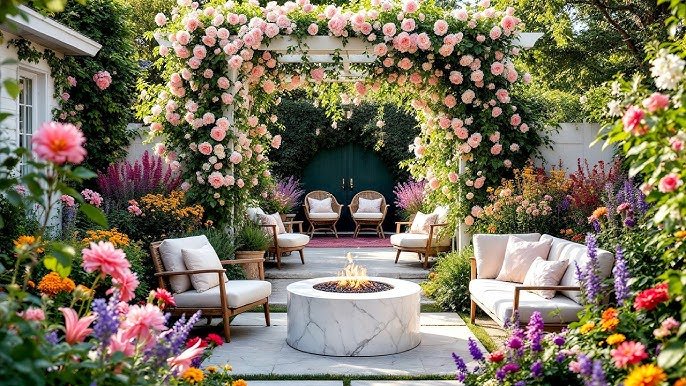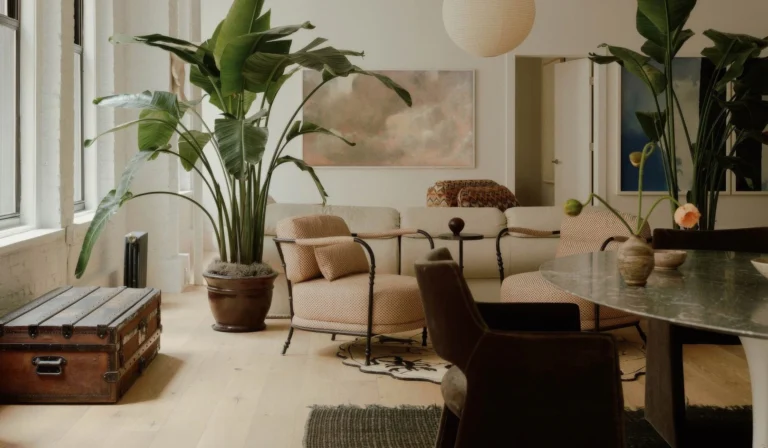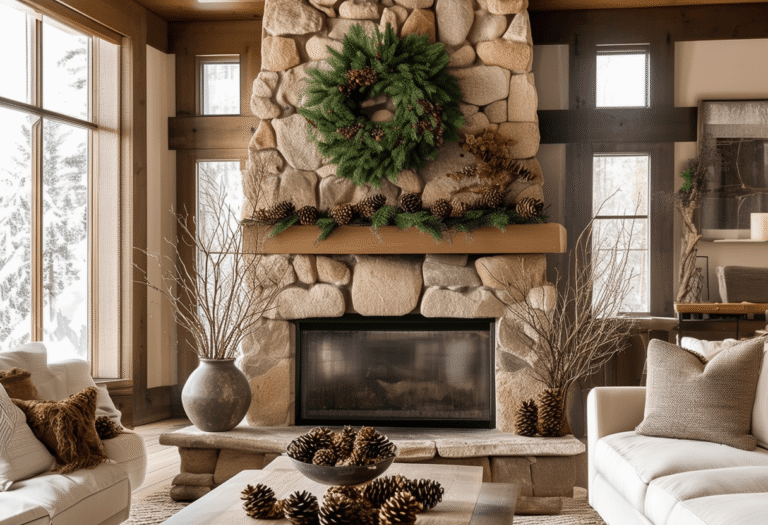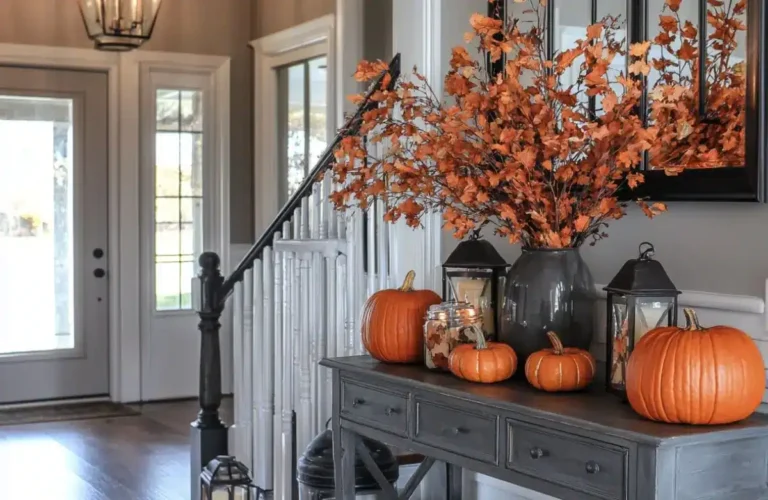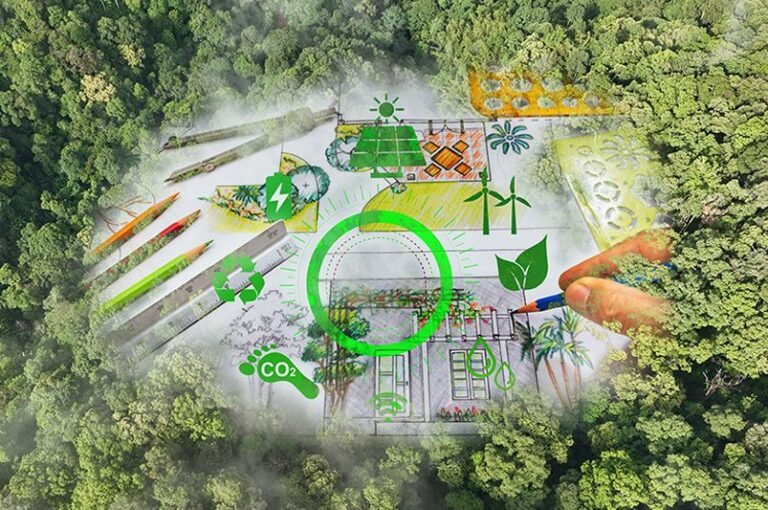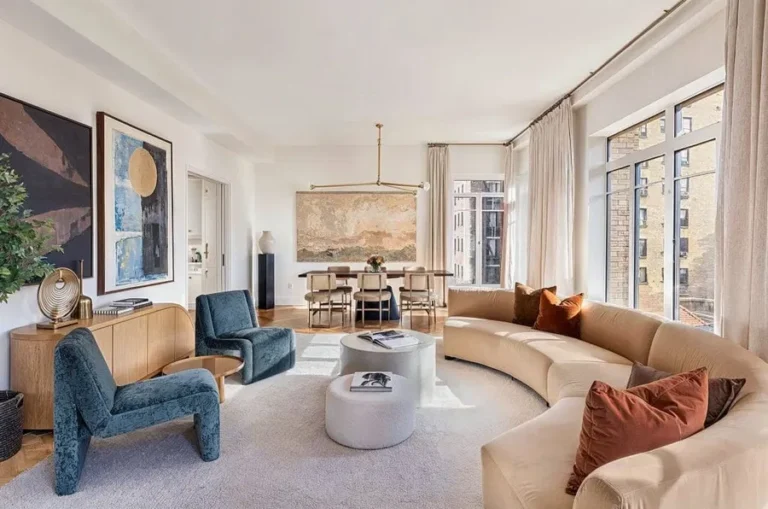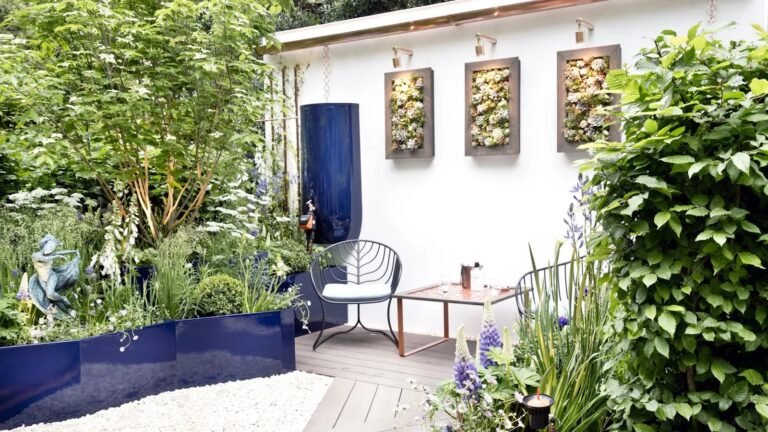Small Outdoor Spaces? Here’s How to Make Them Stunning
Your garden is an extension of your home, not just a place to hang out outside. A well-planned yard can improve your quality of life by giving you a quiet place to relax, a place to have guests over, and a lovely spot to enjoy nature. It doesn’t take a lot of work or a lot of money to turn your backyard into a beautiful garden. You can improve your outdoor space and make a yard that fits your wants, style, and personality with a little imagination and careful planning. Here are some easy garden design ideas that will help you make your backyard a beautiful and relaxing place.
Why designing a backyard garden is important?
A well-designed garden in the backyard has many benefits. It not only makes your home look better, but it also gives you a place to do things outside, hang out with friends, or just relax after a long day. With good design, you can make the most of the space you have, make it move smoothly, and add features that show off your own style.
A plant that makes you feel good can also improve your health. Studies have shown that being outside can help you feel less stressed, improve your mood, and make you more creative. No matter if you have a small patio or a big lawn, turning your backyard into a well-kept, lovely garden can make it a peaceful place for you and your family.
Make a plan first
Making a plan is the first thing you should do to change your backyard garden. Think about what you want from your yard and how much room you have. Is your goal to make a quiet place to relax, a play area for kids and families, or a paradise for people who like to have fun? Your style choices will be based on how you answer this question.
To start, figure out how big your backyard is. This will help you figure out how much room you have for plants, furniture, and other features like walks, water features, or decks. Think about which parts of your yard get full sun and which parts receive shade. This knowledge will help you choose the right plants to grow there. Figure out what your space’s main feature is, like a water feature, an art, or a tree that makes a statement. Focusing on one thing makes it more interesting to look at.
Make a layout that works
Once you have a plan, you should focus on making a style that works well and looks good. Plan how you will use the room and how people will get around in it.
Having paths and walks is important for showing people around your yard. Stone, dirt, or wood can be used to make paths that look like they belong in nature and lead to different parts of your backyard. Include cozy sitting places in your backyard if you want to use it for parties or just relaxing. There could be a patio, a swing, or even a quiet spot with a couch and plants all around it. You might want to divide your garden into different areas for different activities, like a growing area, a fire pit or grill area, and a place to relax.
Fill in the gaps with plants
Plants that are layered together are an important part of a well-designed yard. Layering gives your garden more depth, visual interest, and a more natural look. Put trees, shrubs, or tall decorative grasses at the back of your yard or along the walls as a first step. These plants will make you feel private and give other plants something to look at. Put plants of a medium size, like annual flowers or small trees, in the middle rows. These plants will give your yard color and depth and fill in the empty space in the middle. Put low-growing plants like groundcovers, herbs, and flowering plants at the front of your yard or in pots. With these, you can keep your yard neat and add color and beauty to it. Mix plants with different colors and shapes to make them look better. To keep your garden looking colorful all year, use plants with different leaf shapes, flower types, and flowering times that change with the seasons.
Bring in hardscaping elements
Hardscaping like patios, fences, and garden buildings are just as important as the plants that are in many gardens. These parts give the design shape and make it look balanced and put together. If you have the room, you might want to build a patio or deck where you can sit on chairs, eat meals, or have people over. Things made of wood, brick, or stone can look good with natural yard features. Adding water features like a fountain, pond, or small stream can help make the space feel calm. Your yard will feel more peaceful with the sound of water running. A fence can give you space and help you show where the edges of your yard are. If you only have a small area, you could grow growing plants like ivy, roses, or peas along walls or in vertical gardens.
Pick Out the Right Lights
Livital to garden planning, as it makes your yardand interesting, especially at night. For general lighting, use chandeliers, floor lamps, or lights that hang from the roof. Place table lamps or reading lights next to places to sit so that you can read or do other activities with soft, focused light. Wall lanterns or hanging lights can be used as decorative lighting to draw attention to certain plants, art, or outdoor features. If you want to add more warmth, choose warm-toned bulbs over cool white ones. You could change the mood of the room by using dimmers for the lights above.
Keep sustainability in mind
Not only is sustainable gardening good for the earth, it can also help you spend less time and water on your plants. You might want to use native plants in your yard because they are used to the weather where you live and need less care and water. Also, animals in the area, like helpers like bees and butterflies, come to them. To water your plants, set up a system that collects rainwater. This will cut down on your use of tap water and help the environment. You could also start composting to get rid of waste and make plant dirt that is full of nutrients.
FAQs
1. How do I start designing a garden in my backyard?
Start by assessing your space and determining what you want from your garden. Measure the area, consider sunlight and shade, and create a basic plan. Then, focus on functionality by dividing the space into zones for different activities.
2. What types of plants should I use for a low-maintenance garden?
For a low-maintenance garden, choose native plants that are suited to your local climate. Drought-tolerant plants, like succulents, lavender, and ornamental grasses, require less watering and care.
3. How can I make a small backyard garden feel bigger?
Use vertical gardening techniques like trellises or wall planters to add greenery without taking up floor space. Light-colored plants, mirrors, and well-placed lighting can also make the space feel larger.
4. Can I have a garden if I don’t have a lot of sunlight?
Yes! Many plants thrive in shade or partial sunlight, such as ferns, hostas, and astilbes. Choose plants that are well-suited to low-light conditions and consider incorporating reflective surfaces to brighten the space.
5. What’s the best way to incorporate a water feature in a small backyard?
A small fountain or a pond can be a great addition to a compact backyard. Consider placing it near a seating area to create a relaxing atmosphere. Even small, tabletop water features can add a peaceful touch.
Conclusion
Transforming your backyard into a beautiful garden doesn’t have to be difficult or expensive. By planning carefully, choosing the right plants and materials, and adding key design elements like pathways, lighting, and hardscaping, you can create an inviting outdoor space that suits your needs and style. Whether you’re looking for a peaceful retreat, a space for entertaining, or a place to grow your own vegetables, these simple garden design tips will help you create a backyard garden that’s both functional and beautiful.
References
- “How to Design a Sustainable Garden,” The Spruce.
- “Simple Gardening Tips for Beginners,” Gardening Know How.
- “Designing a Garden for Small Spaces,” HGTV.
